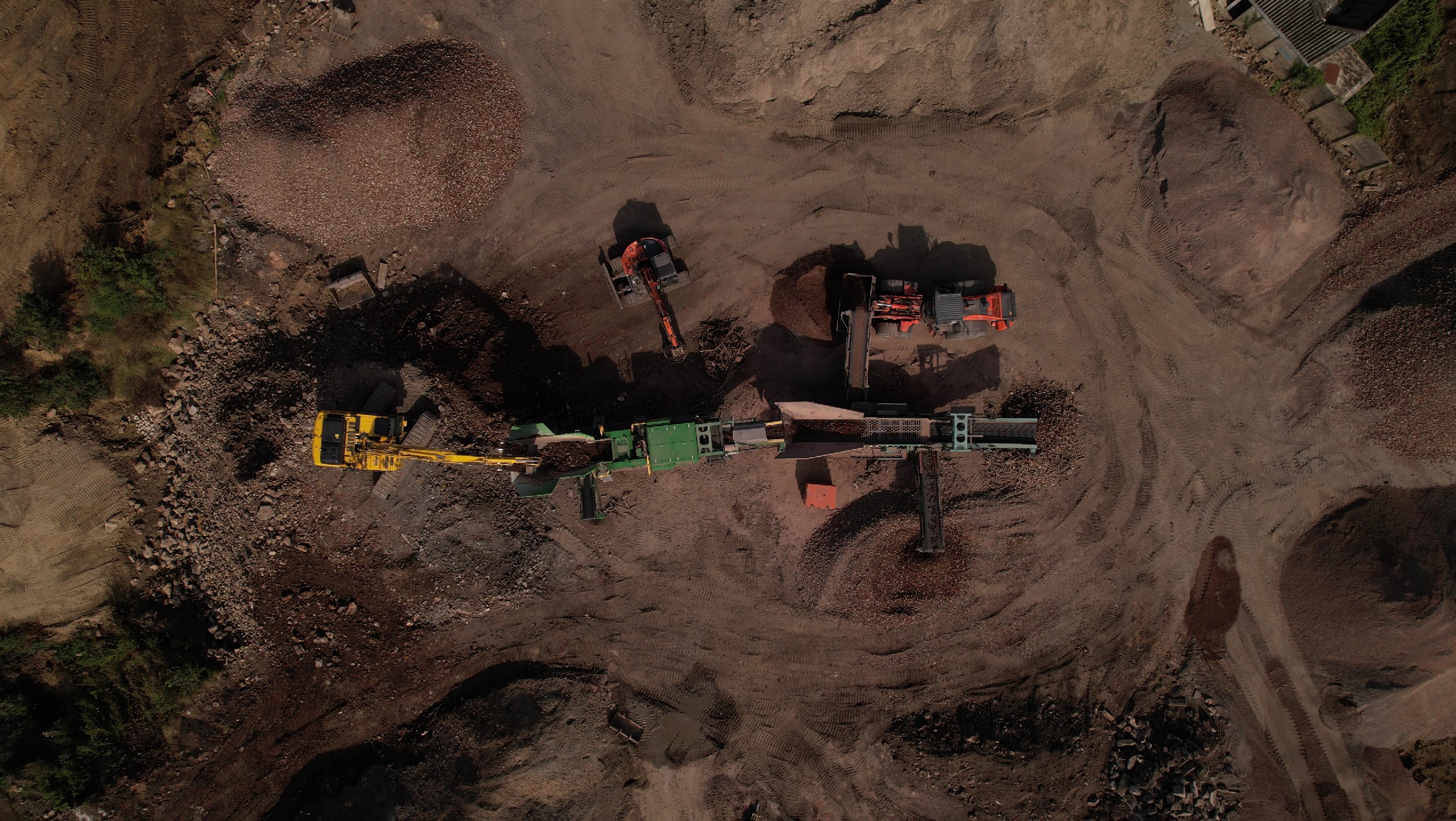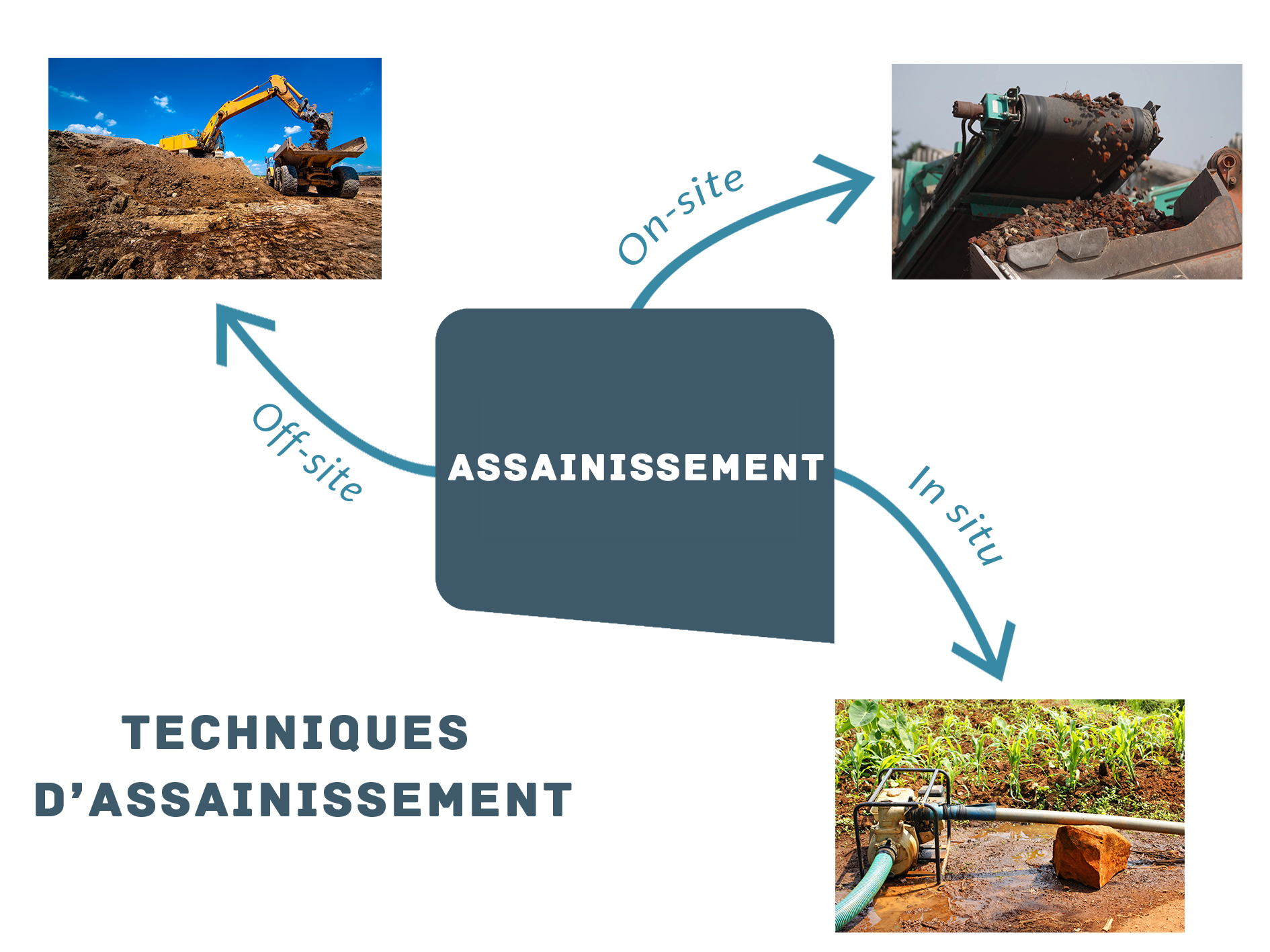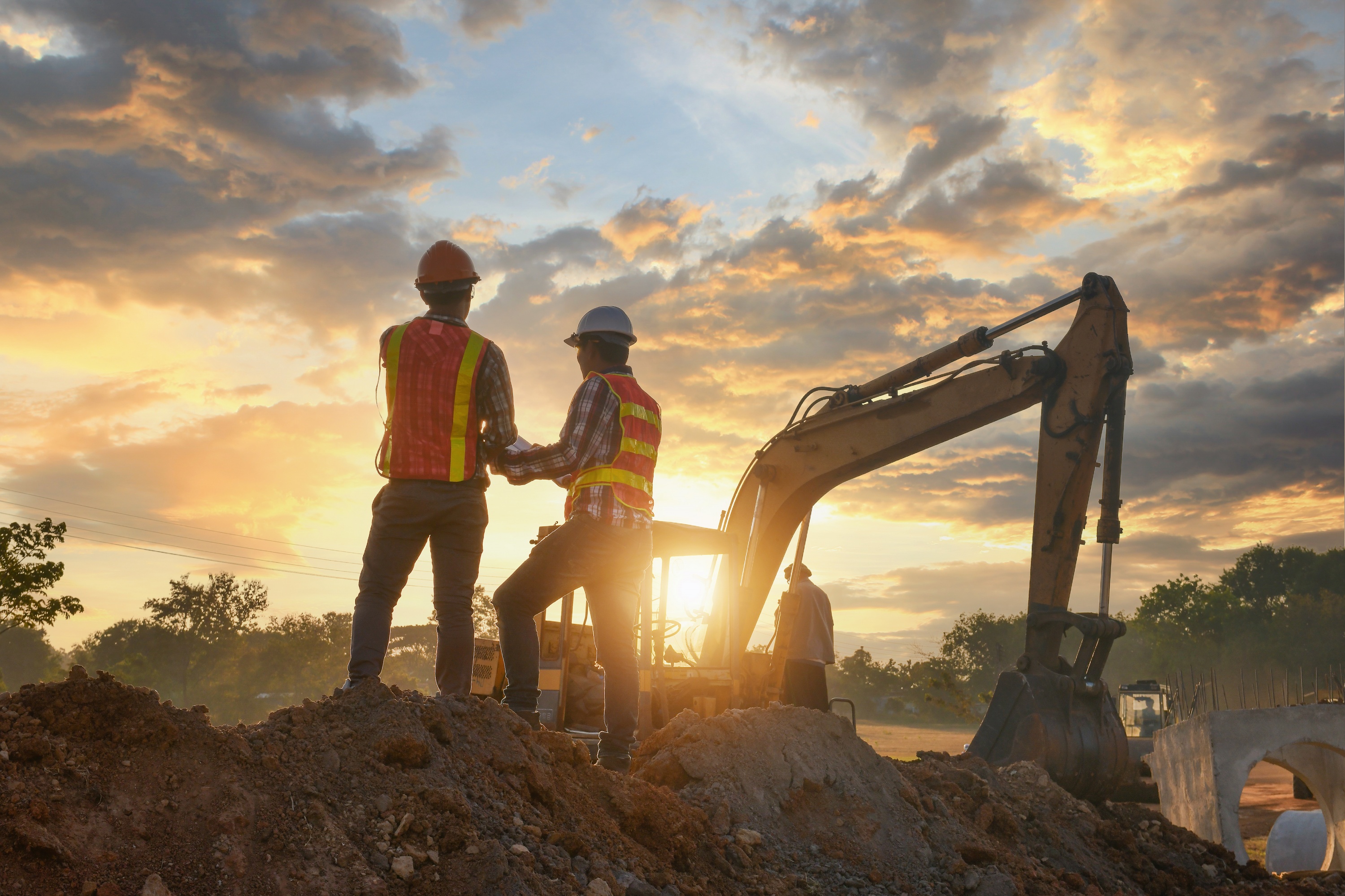In the context of an industrial wasteland revitalisation project or a real estate project that involves dealing with soil pollution and/or historical backfills, a project owner will need to have a remediation project carried out for the management of the soil or, where applicable, the groundwater.
ABV Development, a consultancy firm specialising in the environment, security and spatial planning sectors, can help you understand these issues. Through our approach, we help you carry out projects in line with the regulations in force in the Walloon Region, while respecting the environment and seeking a financially optimal solution.
A soil remediation project will be required in various cases.
It is particularly necessary in the following situations:
The requirements of a remediation project will be defined according to the orientation and characterisation studies, which must be carried out beforehand. These studies, conducted in compliance with environmental legislation (and in particular the Sol Decree of 1 March 2018 in application in Wallonia), make it possible to determine what needs to be taken into account within the framework of the remediation project: the areas requiring remediation, the possible remediation techniques, the monitoring to be implemented, the control elements following the project, to ensure that the land complies with the requirements in force.
Read more - What are the key elements of a soil pollution study?
ABV Development, as a consultancy firm, is accredited to carry out orientation, characterisation and remediation project studies. We help you define the remediation project, drawing up the specifications, and monitoring the operations up to the compliance check.
 |
In defining a remediation project, our firm will consider several elements in order to draw up the technical clauses of the specifications and then launch a call for tenders:
These elements will ideally be assessed in the context of the project as a whole, to enable the project owner to approach the project in the best possible way, taking into account environmental, social and financial constraints.
Depending on the situation and the size of the project, several land or groundwater remediation techniques can be considered.
Off-site remediation techniques are used when polluted soil is excavated and then sent to an appropriate treatment centre. This technique is most often used in an urban or industrial wasteland redevelopment projects.
In situ remediation techniques allow pollution to be treated directly in situ, rather than excavating the land. In practice, for example, oxidising products are injected into the soil or the water table to degrade the pollution present. On-site pumping and treatment of groundwater are also part of the in situ remediation techniques. There are also in situ thermal techniques.
This type of technique is most often considered when it is not feasible to excavate polluted land, for technical or financial reasons.
With on-site remediation techniques, the soil is excavated or the polluted water is pumped out, but the treatment is done on site. From a unit deployed as part of the project, it will be possible to screen and process soil, for example. This has the advantage of avoiding the transport of soil and the issue of hauling it. However, these techniques can only be justified if there are large volumes of soil to treat and sufficient land available to do so.
 |
For each remediation project, several techniques can be considered. How to determine which one is most appropriate? At ABV Development, we compare based on social, environmental and financial sustainability criterial.
Each technique has its advantages and disadvantages.
An in situ remediation technique will generally take longer and be more or less expensive, depending on the treatment required. An off-site remediation technique, on the other hand, has non-negligible environmental and social impacts related to the movement of soil by truck. Depending on the distance to be covered, such an operation also has a greater or lesser cost.
To compare, and to choose the most optimal project, ABV Development uses the GAMMA tool (for Grille d'Analyse Multicritère pour les Méthodes d'Assainissement/Multi-Criteria Analysis Grid for Sanitation Methods), set up by the Walloon Region. The approach makes it possible to objectify the choice of the remediation variant according to a set of sustainability criteria and to determine the optimal solution in environmental, social and financial terms.
Beyond the choice of the most appropriate technique, it is also important to achieve the right design of the remediation project. This involves determining how far the excavation of the land will be carried out, taking into account the environmental impact of past pollution, but also other factors such as soil stability and the risk of erosion, particularly if there are buildings or other infrastructures nearby.
This stage involves engineering skills to ensure that a project is carried out with due regard to the many impacts it may have and to ensure that arrangements are made to secure the site.
Our consultancy firm, with its high level of expertise in the field, can help you to correctly design your project.
 |
Beyond the choice of the technique and the design, ABV Development helps you to define the actions to be carried out upstream, during and downstream of the project, from the coordination and management of the site to the management of the excavated soil. We establish the project schedule and objectify the project costs.
The experience we have accumulated in this area enables us to handle any remediation project, no matter how complex. The remediation of an industrial wasteland, such as the one we have on a former coking plant in the Liège region, will be more complex and costly than a project on an isolated site. It requires more safety measures to be taken, to minimise the impact on the environment or on the population.
There are various possibilities to optimise a remediation, especially if you consider it in a more global project. The better we take into account the context, by anticipating these issues, the more we will be able to explore ways to minimise costs and impacts.
In a real estate project on former industrial wastelands, it may be worthwhile to excavate the land, screen it on site and recover the debris from the old buildings and reuse it as recycled aggregate in the new project.
Read more - Removal of waste status (SSD) for recycled aggregates in the Walloon Region
This approach, as we recommended for a project in Nivelles, reduced the volume of soil and materials removed by 30%. The environmental and social issues caused by haulage was reduced to the same extent, as well as the financial costs of land disposal.
More than just reducing the difficulties, the approach makes it possible to minimise the CO2 emissions of the real estate project in a consistent manner by making it part of a circular economy approach. By reusing materials, you can avoid producing and importing new ones. That's a lot of CO2 not emitted.
Read more - Companies: measuring, reducing and offsetting CO2 emissions